There is no other place in the world like quite Long Beach, California. Oceanside vibes mixed with gritty Los Angeles culture. I have been lucky enough to call it my home for over a decade. It is evident that Southern California is the center of the automotive universe in many ways. As a result, there is no shortage of quality events and shows even on a weekly basis.
Yet, it is only once a year that a gathering unlike any other happens: JCCS. This is the 17th annual running of the pinnacle of Japanese Classic car shows stateside. On previous ocassions, the event graced the port of the Queen Mary. Now, it is a couple of blocks down at Marina Green Park, next to the site of the annual Long Beach Grand Prix. If you love Japanese cars in any regard, this is the only place to be in early September.
Rain or Shine for 17 Years
We made our way down to Long Beach on an early Saturday morning for JCCS 2022. It was a surprising forecast of weather: cloudy and overcast. Even a little bit of expected rain. Punishing heat waves had been hitting California the whole previous month, so it certainly was a relief.
With a decent ocean breeze, the setting was perfect for an oceanside show. As we hit the parking area (on the actual track surface of the Long Beach GP), it was evident this was a quality meet. Why? Because just based on what I saw in the general parking area, it could have been a whole car show in itself.
Clean Nissan 240SXs, 280Zs, and a R33 GTRs - all sat in modest fashion in the general parking. People were already gathering around select cars in the parking lot for photos. We could have spent the whole day there and still seen show-quality cars left and right.
Yet, we moved on to wait in the impressive line for the entrance to the show. We showed up early as doors were opening and we were lucky we did. One hour in, the line would wrap around the block to three times the amount we waited. Always show up early folks! After 20 or so minutes of waiting, we were finally in.
No Japanese Brand Left Behind At JCCS 2022
Stepping into the ground of the Marina Green Park, the stunning array of the vendor row greeted you head-on. A handful of food trucks quelled hungry spectators to the left. Already at the first booth, you had an idea of the quality of the show ahead.
The Hagerty booth featured a stunning black 70s Nissan Fairlady Z. The tucked engine bay? Not a speck of dust. The interior? Bespoke leather buckets with a Balsa wood shifter and e-brake handle. The trunk featured leather-trimmed storage for the full-sized spare: a matching Izanami Devil Japan 14-inch forged wheel.
The Number 7 booth next door was also as impressive. A pair made of a black Nissan R32 GT-R and an orange Datsun 510 sat in style. Both are immaculate in detail, from top to bottom. The TIG-welded thin-walled dual oval exhaust on the Datsun was a beautiful detail. If your car was in the show, especially at a vendor booth, it was at this quality level or higher.
Yet, the magic only continued as you walked up onto the grassy hill to the main display area. Here OEMs like Toyota, Mazda, and Nissan all had their own booths. The organization is a staple of JCCS' layout, all the Nissans sat with Nissans in their own section. To be even more specific, even the Civics sat next to only Civics, every model had its own sub-section.
Mazda
We first got a chance to check out the Mazda selection and it did not disappoint. There was a whole array of 70s RX-3 Coupes in varying styles and colors. A gold and green livery RX-3 race car featured a crazy 3-rotor engine. If only we could have heard it start up.
We even saw an ultra-rare 70s Mazda Rotary Truck in concourse quality. The iconic FD RX-7 had a heavy presence. From OEM+ to drift to show, you could find several variations of this gorgeous coupe. A noteworthy example was a red widebody FD RX-7 complete with a big turbo 2JZ inline-six. This is a JDM tuner's dream car that shone brightly even in cloudy weather.
Yet, it was at the Mazda booth where there were some fantastic one-of-a-kind vehicles. The jaw-dropping Charge Mazda 767B race car sat in its iconic orange and green livery. Featuring a screaming four-rotor, it first raced in 1988 where it won in its class. This is the predecessor to the legendary 787B, the only car to win Le Mans without a piston engine. Where else are you going to see this car?
Another absolute stunner was next door, a 1962 T2000 three-wheel tow truck. It is the only existing LHD example in the U.S. It was towing another amazing vehicle, the mini 1964 R360 coupe. The development of the R360, which is Mazda's first ever automobile was overseen by the father of the Mazda rotary, Kenichi Yamamoto. It weighed 870 pounds and made a whopping 16 horsepower from its V-2 356cc rear engine. Yes, that is eight horsepower per cylinder. Two of them. In a V-configuration in the trunk. How far cars have come!
Toyota
The largest automaker in the world made sure to make its presence felt at this year's JCCS. At the Toyota booth, we found the prototype "Tacozilla." This modern-day Tacoma camper is a tribute to the camper vans offered by the Japanese brand with the Hilux pickup in the 80s. The classic brown, orange, and yellow colorway lend a sense of nostalgia. Although this is currently a one-off, it would be amazing to see Toyota bring back something like this close to four decades on, at least as an option.
Next, onto the non-OEM display cars and they were far from disappointing. You had some quality examples from every decade. There was a 60s Toyota coupe with a tucked engine bay featuring a big turbo 2JZ. We have no idea how those 225-section-width tires find traction. A molded widebody bright purple 90s Chaser sedan looked like it came straight from a drift event at Ebisu Circuit.
One of the most unique cars at the whole show was a white livered 1967 Publica. At first, there was confusion as we saw a motorcycle gas tank in the trunk of the mini-sized coupe. Coming around the front there sat a big-bore 1600cc Suzuki Hayabusa engine. It used the original sequential motorcycle transmission with a custom linkage. After speaking to the owner, we learned about the process of building this one-off.
The entire front suspension is custom to fit around the Hayabusa engine. There is a custom-made reverse box as reverse does not exist on motorcycles. A custom shift kit makes clutching only needed for first gear. No-lift shifting is available for the rest. Imagine no-lift shifting a sequential out past 10,000 RPM in your '67 Toyota. This is the stuff of dreams.
Nissan
Of all the manufacturers present at the event, it was Nissan that had the biggest presence at the show. They brought out the new 2023 Nissan Z displayed next to an ultra-rare 1995 300ZX SMZ. Only 104 of these exist as a result of a collaboration with American tuner Stillen. It looked like this pristine example had never left the showroom floor.
They also brought out their 1970 Datsun 240Z Works rally car, a marvelous heritage piece. It had an entire booth dedicated to explaining its 25 years of rallying history. Safe to say it's iconic in its patinated finish.
In the crowd of Nissans, you could find the coolest 510 and 410s you have ever seen. We found one with a blue carbon valve cover SR20 engine with a big turbo color matched to the paint. Complete with a dyno sheet showing 450 wheel horsepower, it put fear in our hearts. One 510 even featured an ITB-powered Honda K-Series in an engine bay where clean would be an understatement.
Also present was a lime green 510 wagon with four-spoke three-piece 14-inch wheels. It had a color-matched valve cover with cherry blossom artwork on a KA24 engine from a 240sx. There were so many 280z, 300ZXs, and GT-Rs, we lost count.
Yet, we could not forget the SS-Active Wheels all-carbon R32 GT-R. When we say all-carbon, we mean it. Even the clutch is carbon along with every body panel. The interior had Recaro Japan Pro Racer carbon buckets that would make a grown man cry ($6,000 price tag is not a factor).
Honda and Odds and Ends
Honda was the only major automaker to not have an official booth. Yet, there was no shortage of amazing Hondas in the show. A concourse-quality red 1964 Honda S600 Roadster had a complete vintage diagram on display. This was Honda's first mass-produced vehicle and it would be hard to find a cleaner example.
The brand's crown jewel, the first-gen NSX grace the lawn in a variety of builds and colors. There was even a VeilSide example at the Braum Racing booth. Mugen CRXs sat by a complete Spoon EG Hatch. A B-series swapped blue EF Wagon looked like it had never seen a road mile. We also saw a matching pair of Straman convertible conversion 1987 CRXs. California Coachmaker only created 130 examples and there were two present at the event.
Other Noteworthy Exhibits at JCCS 2022
Although not as plentiful, there was still a cool selection of other JDM vehicles. There was a black OEM+ Mitsubishi EVO IV complete with the massive protruding fog lights. A fifth-gen Subaru Sambar microvan or "Kei car" was something we had never seen before in person. Not to mention, a variety of vintage Japanese motorcycles across a variety of decades.
While this year's JCCS has come and gone, that only means there is more time to get ready for the next one. If you even love Japanese Classics and JDM culture, make time for this event every September. It's not worth missing out on and we promise there isn't really anything like it out there. I decided to make a trip out of it.
Right after JCCS, I would take a 22-hour, 1,300-mile drive with a friend from Long Beach, CA to Seattle, WA across the Pacific Coast. Safe to say it was a hell of an adventure. To find out more about the trip, stay up to date with our upcoming exclusives here at TopSpeed.com
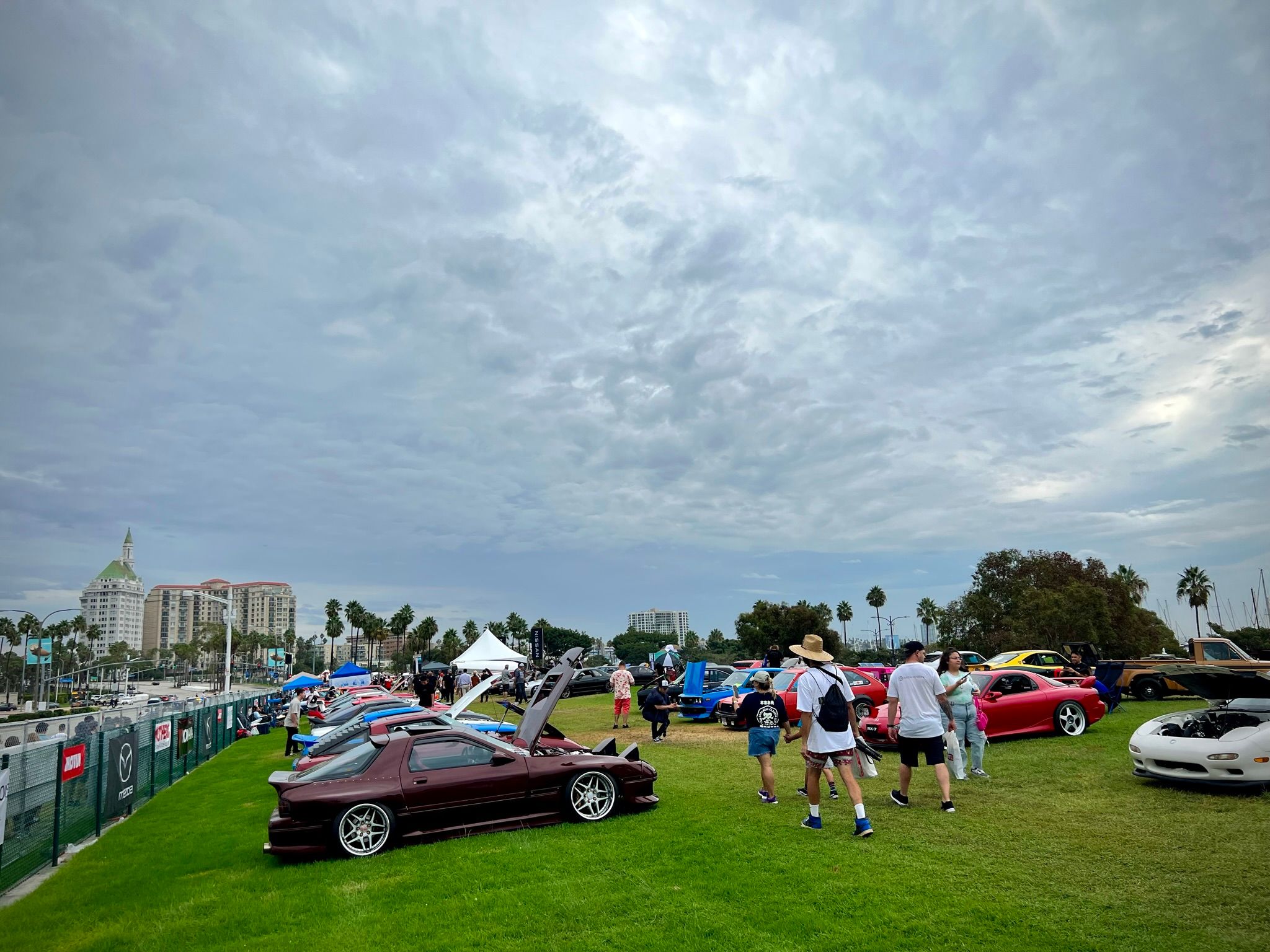
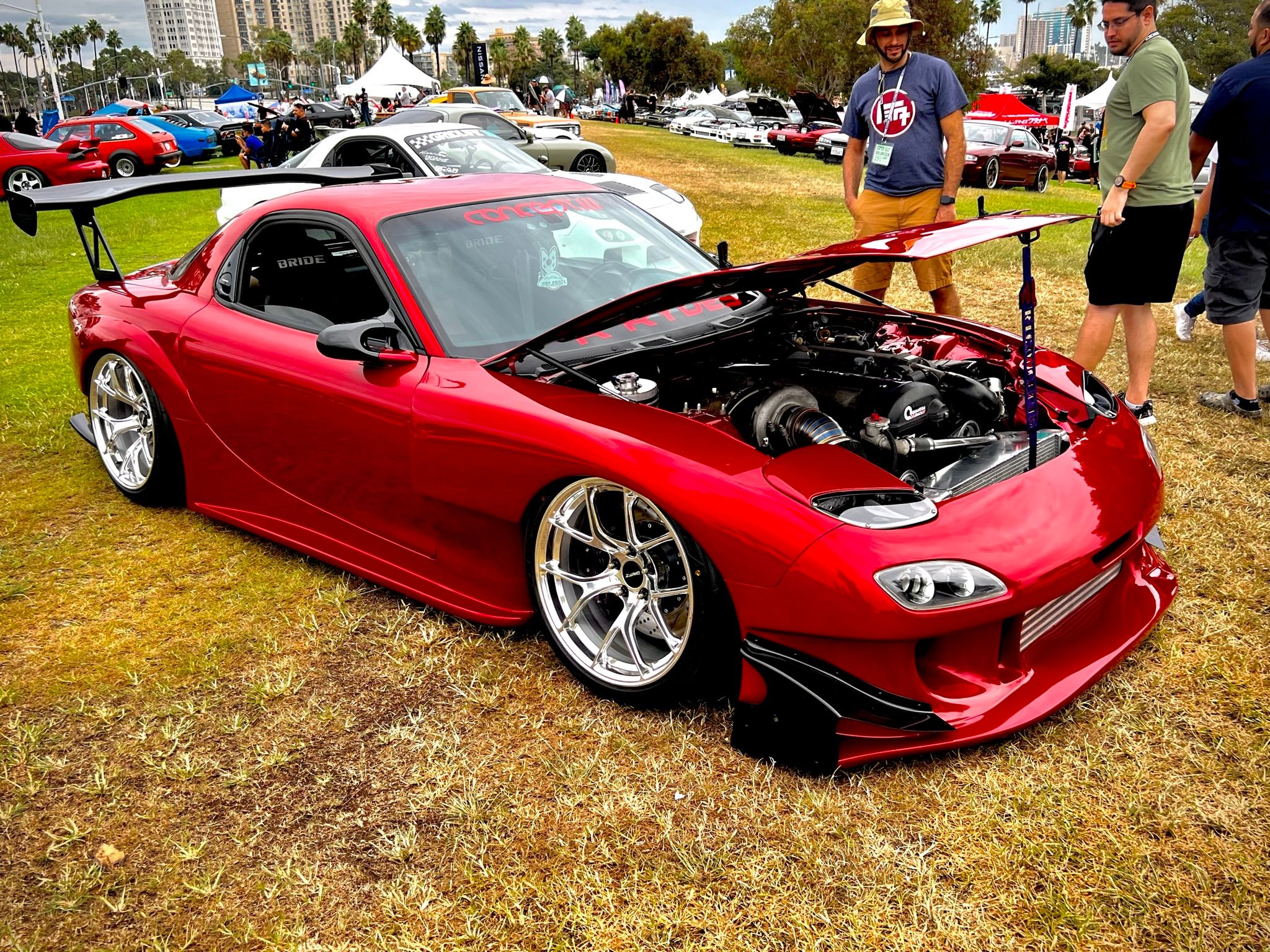



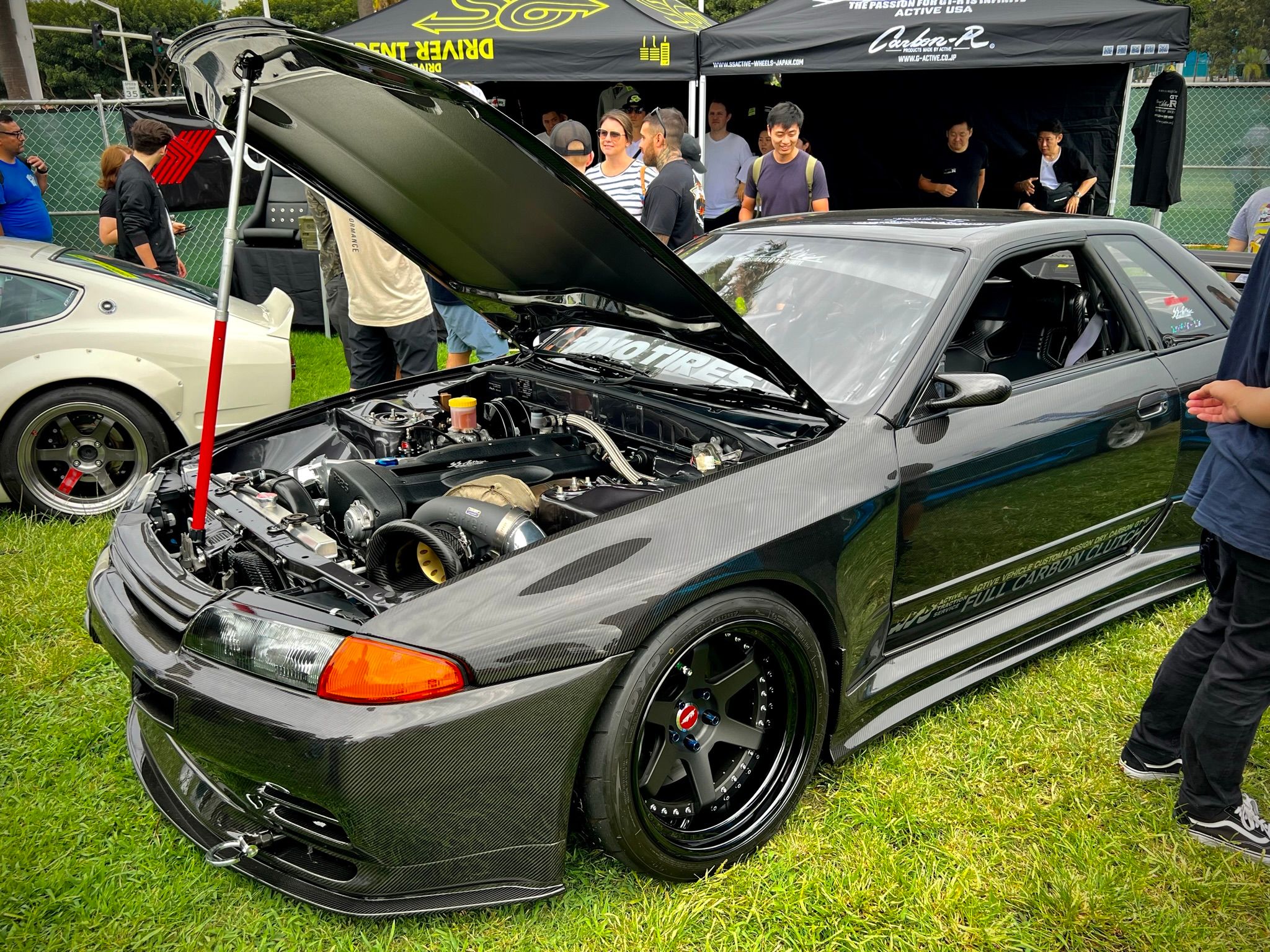
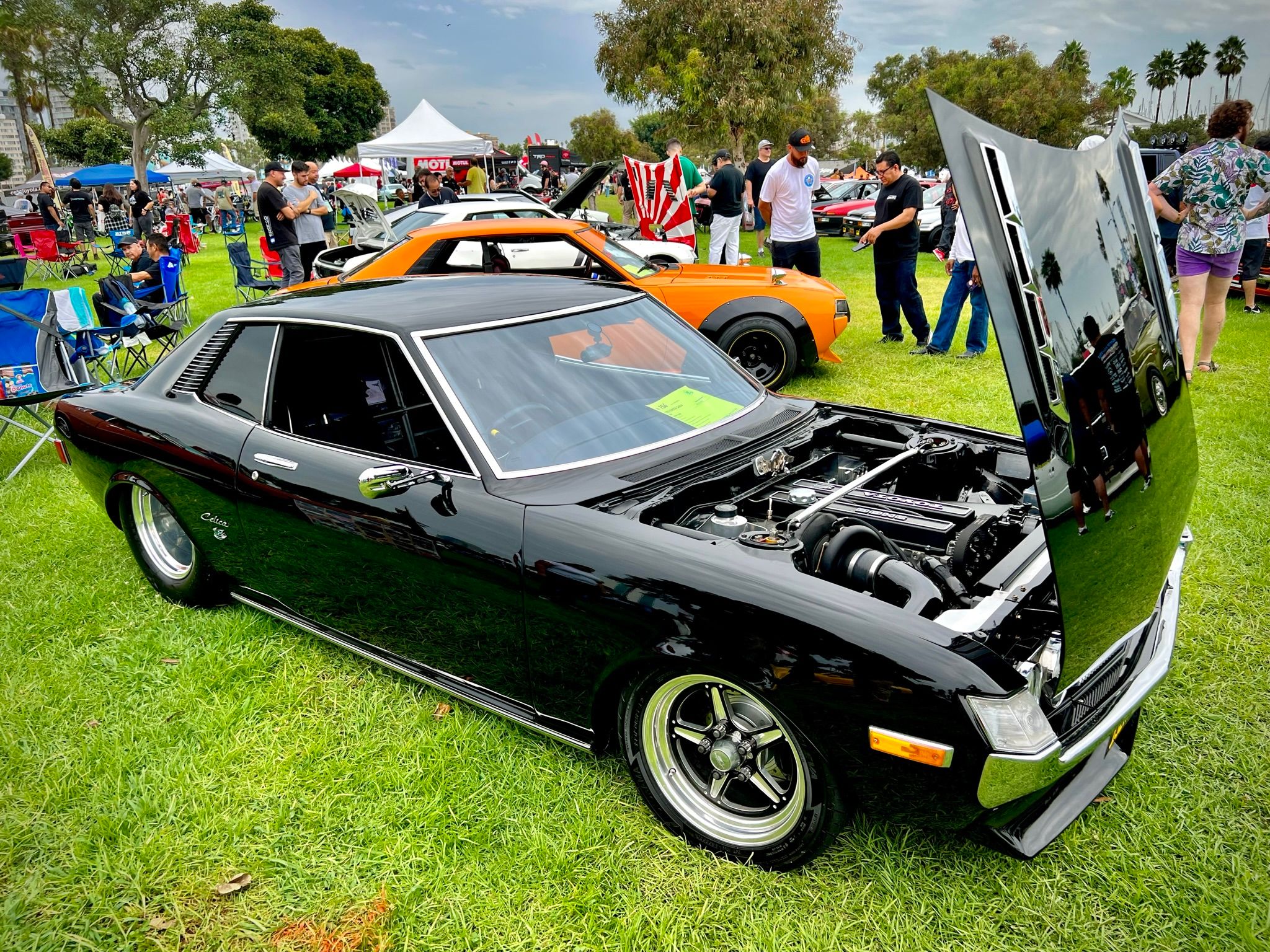

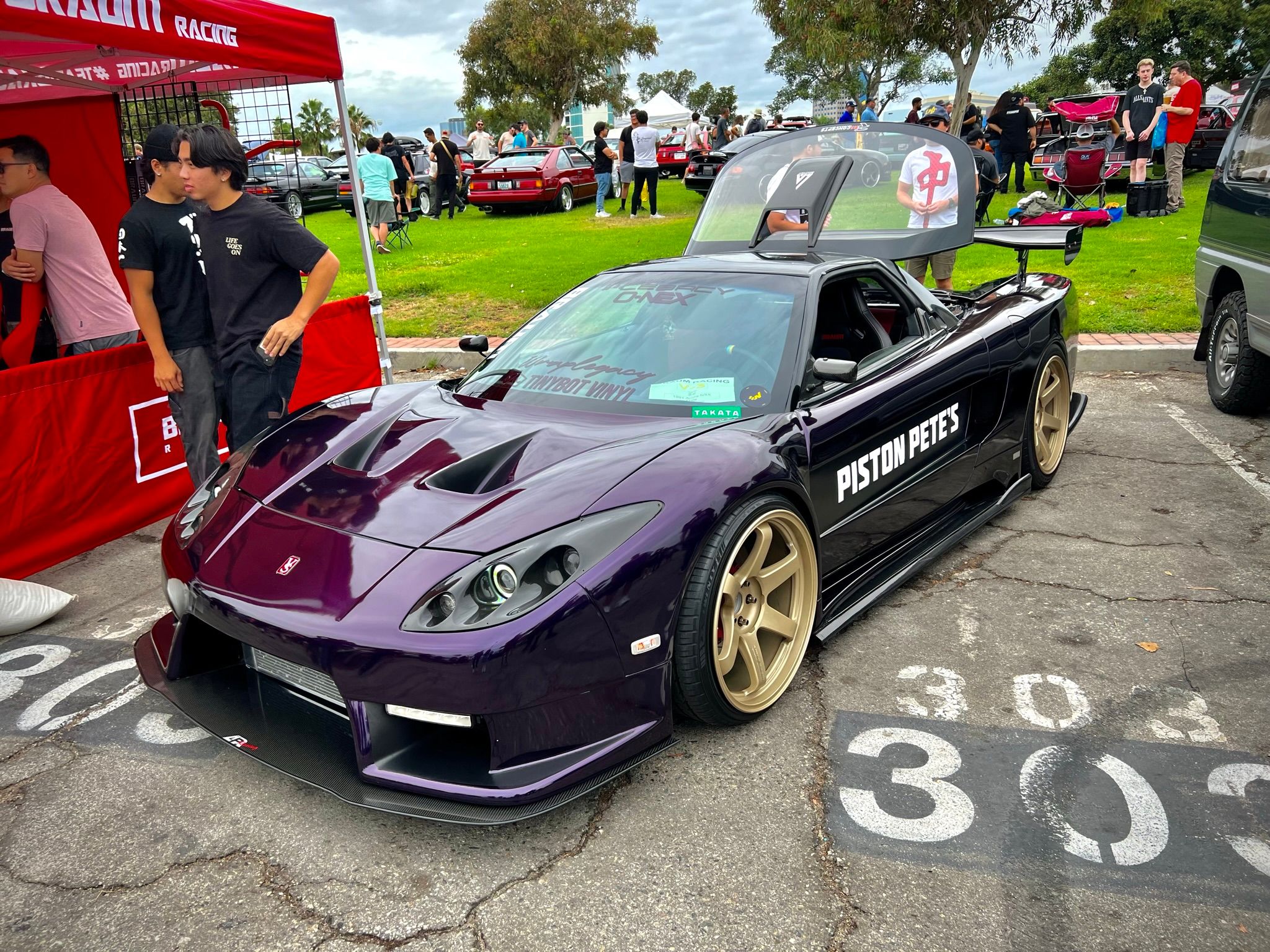
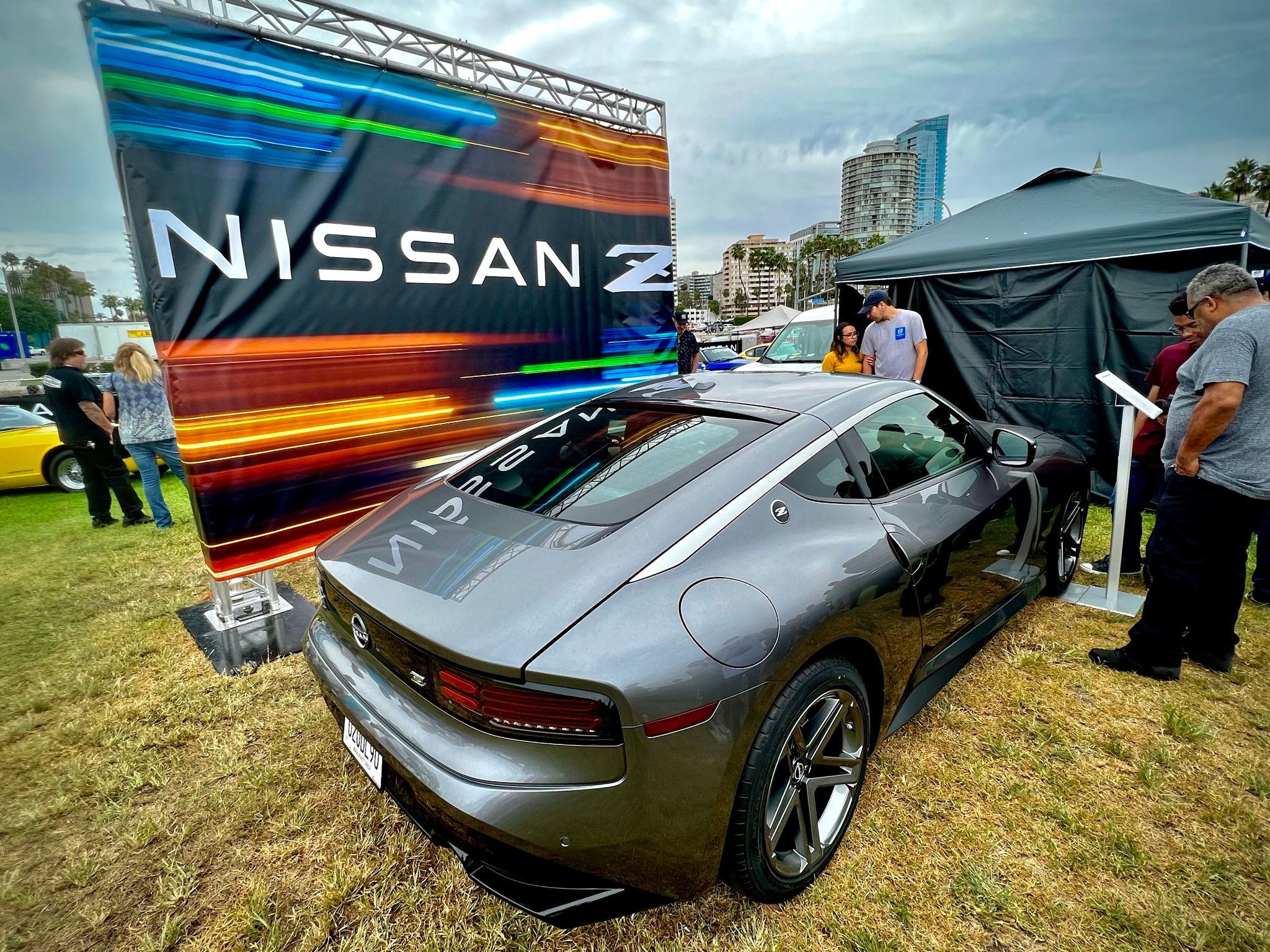
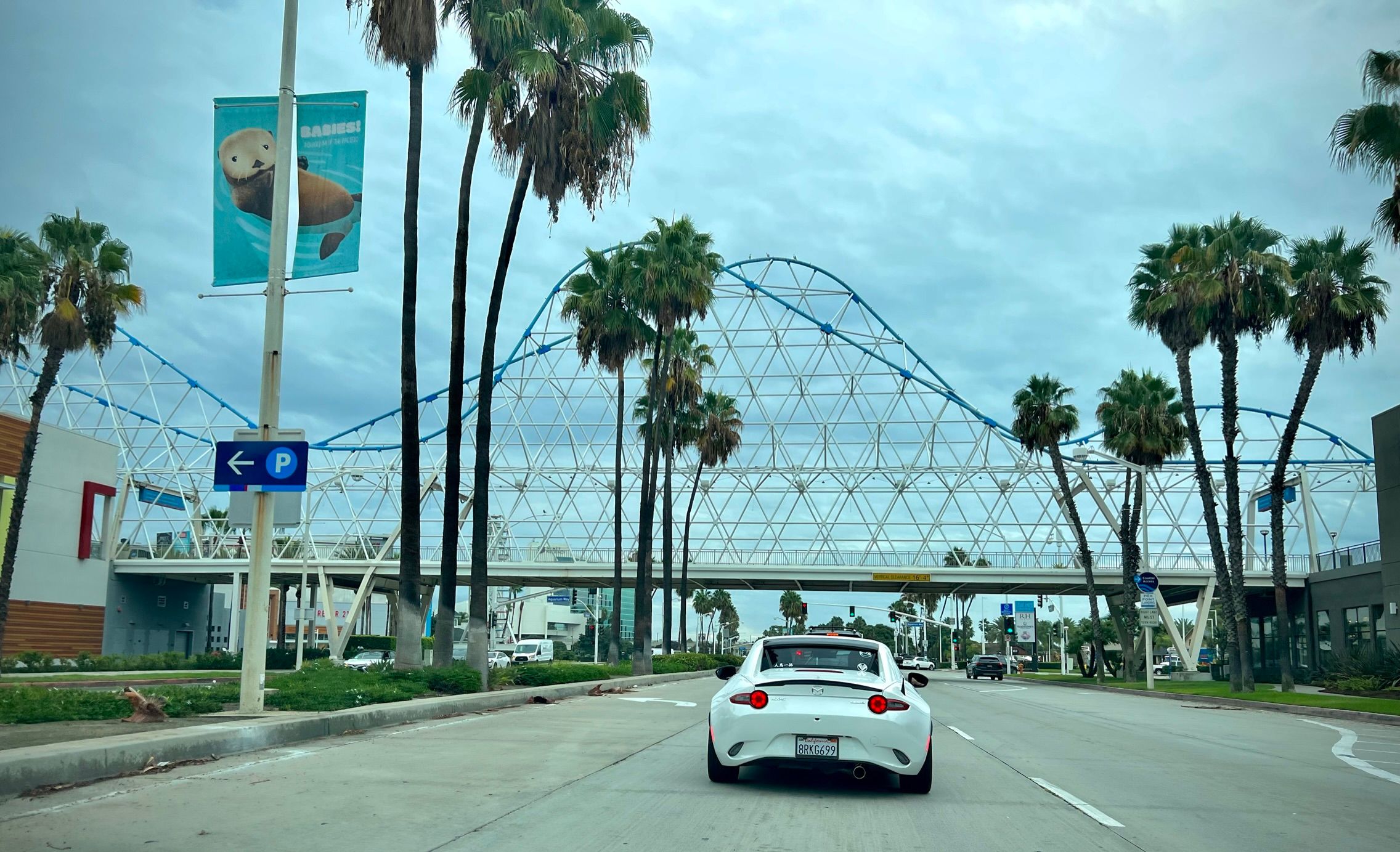





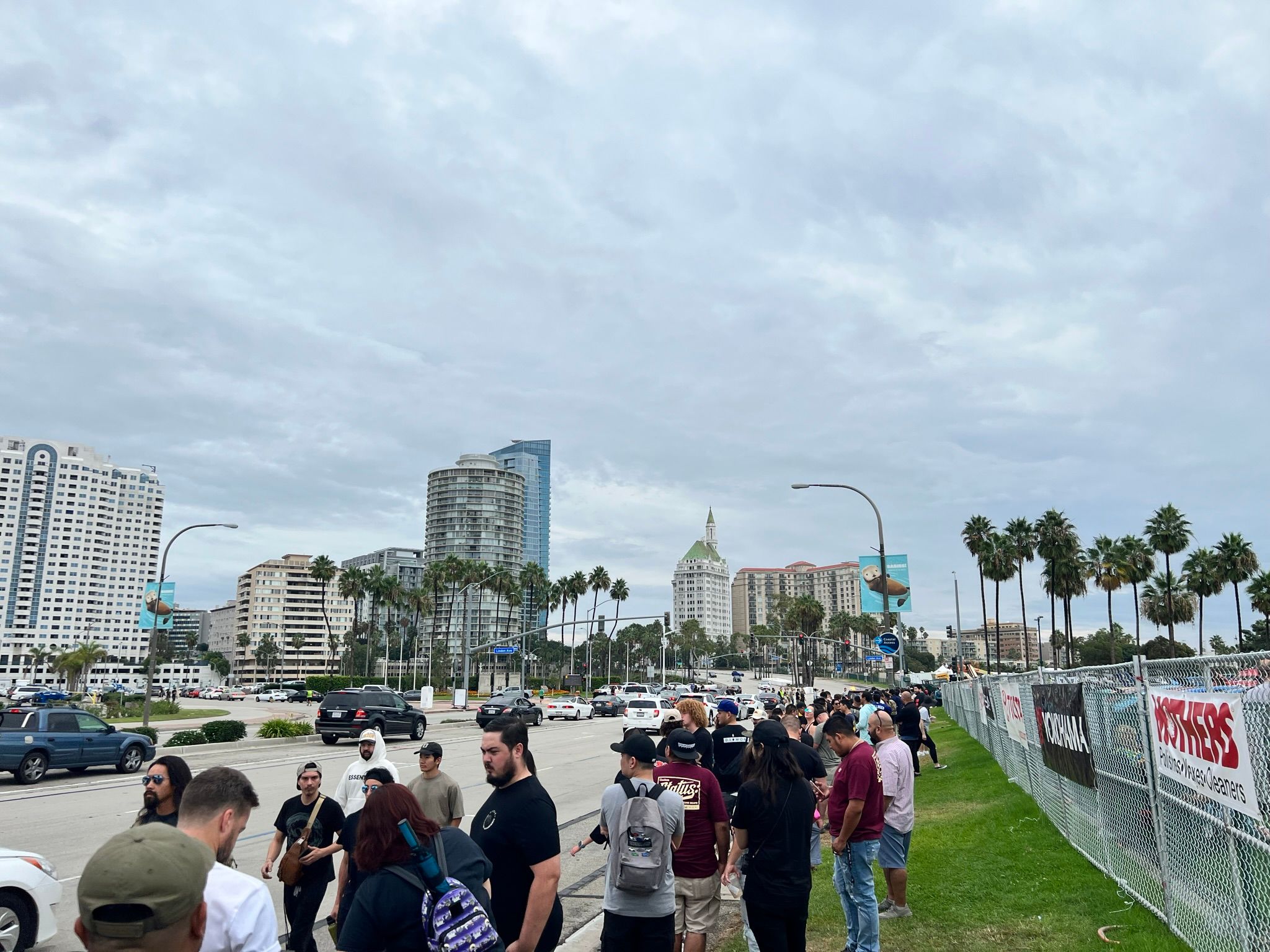










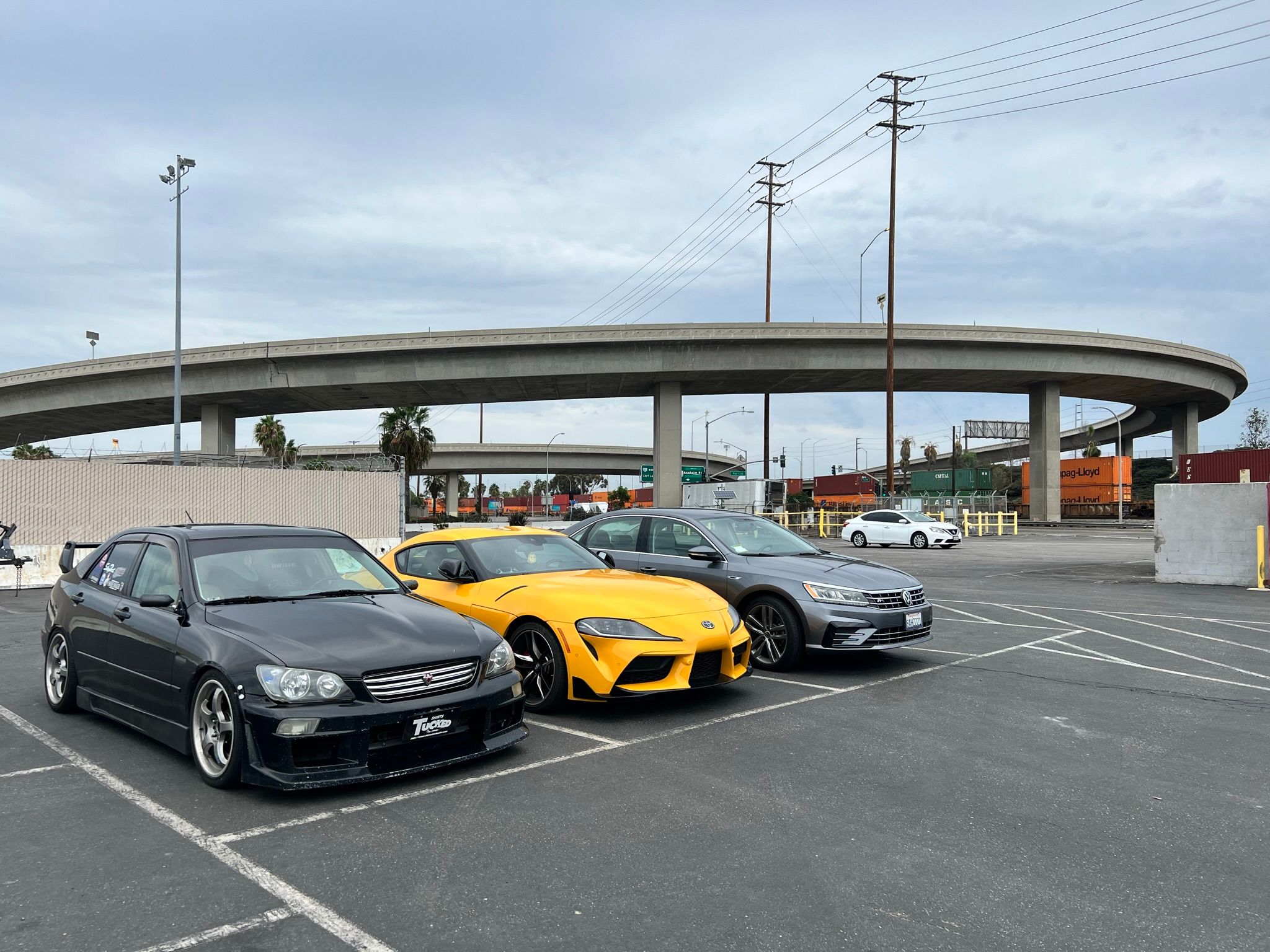



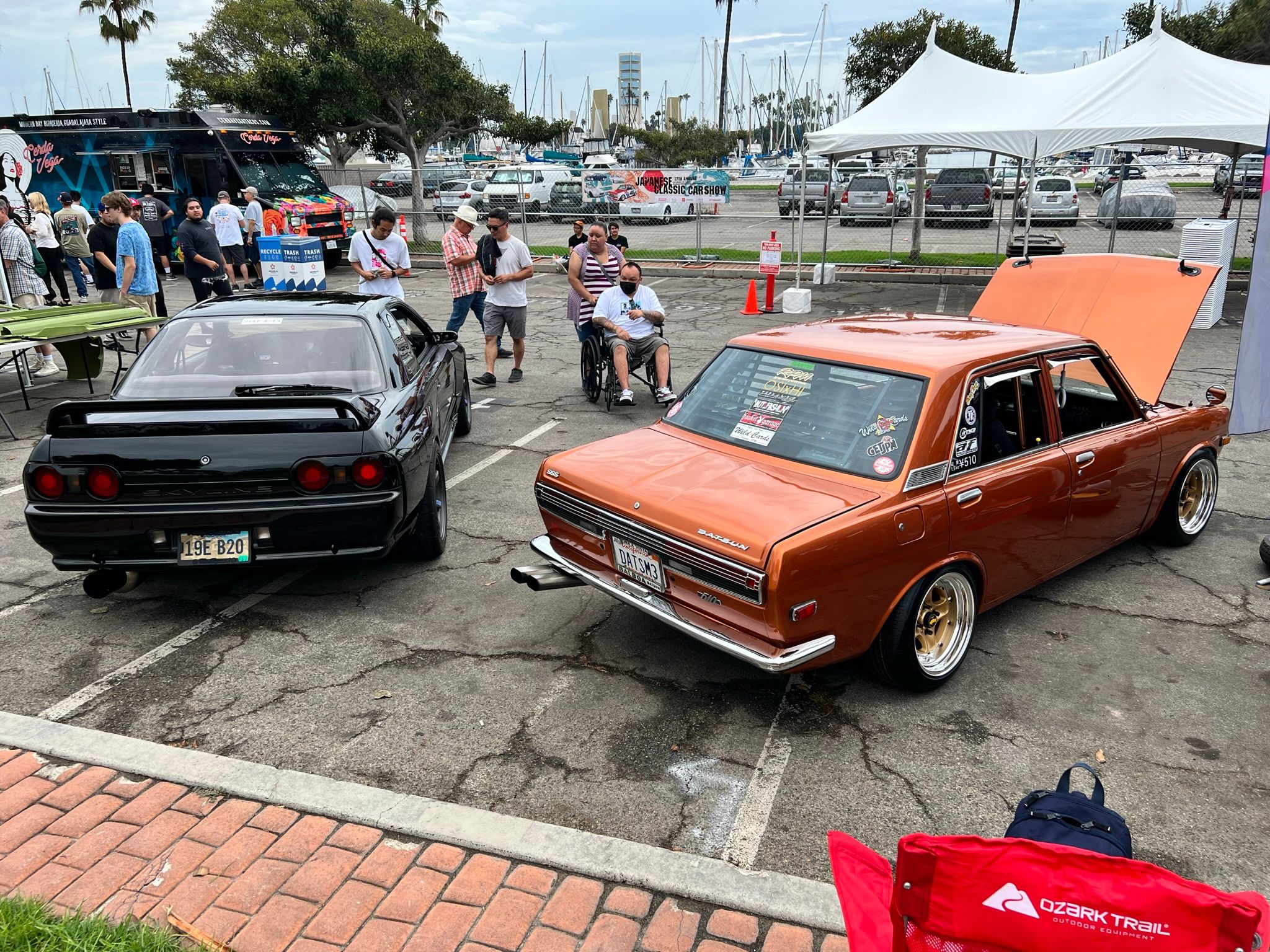



























































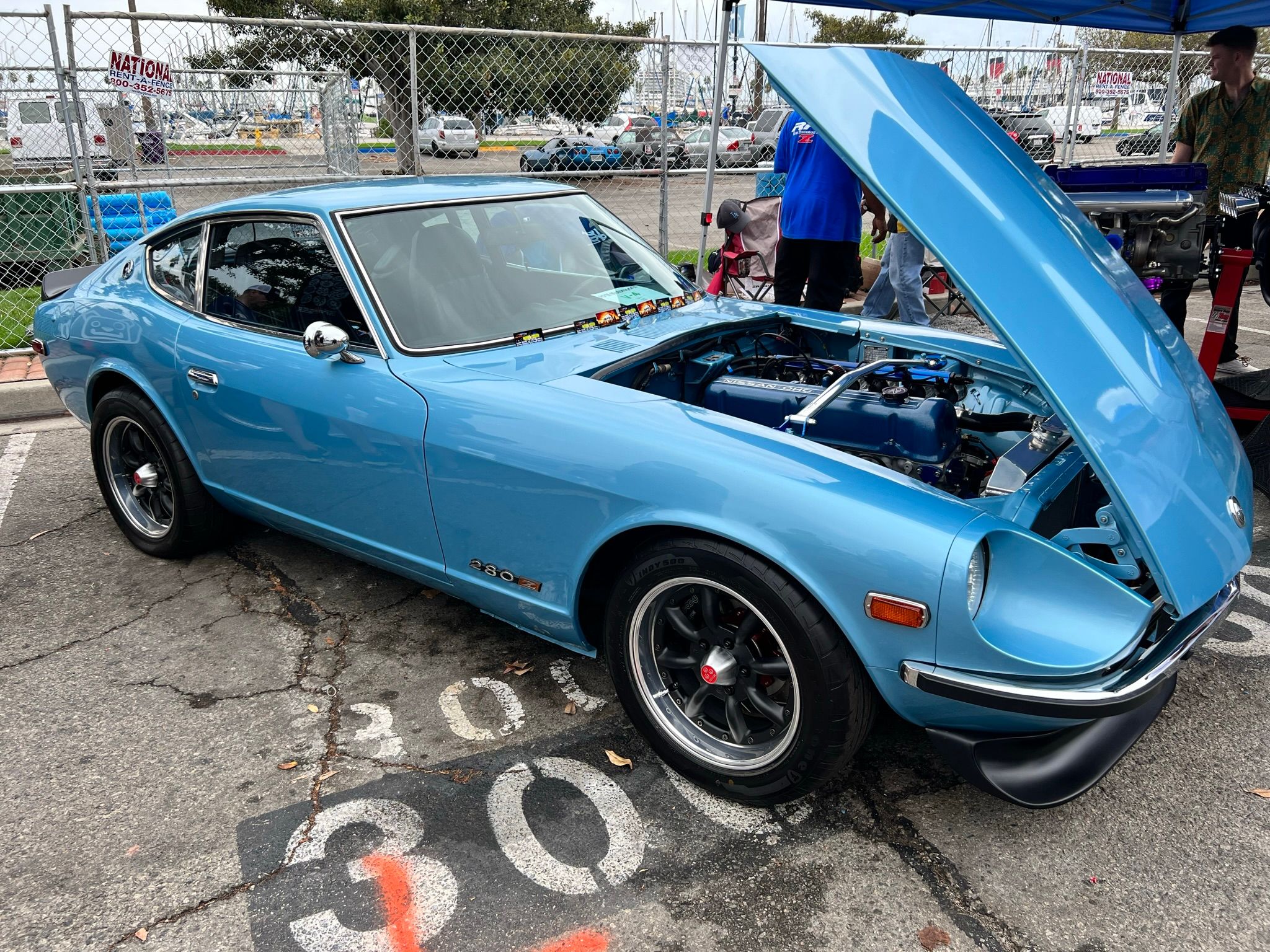

























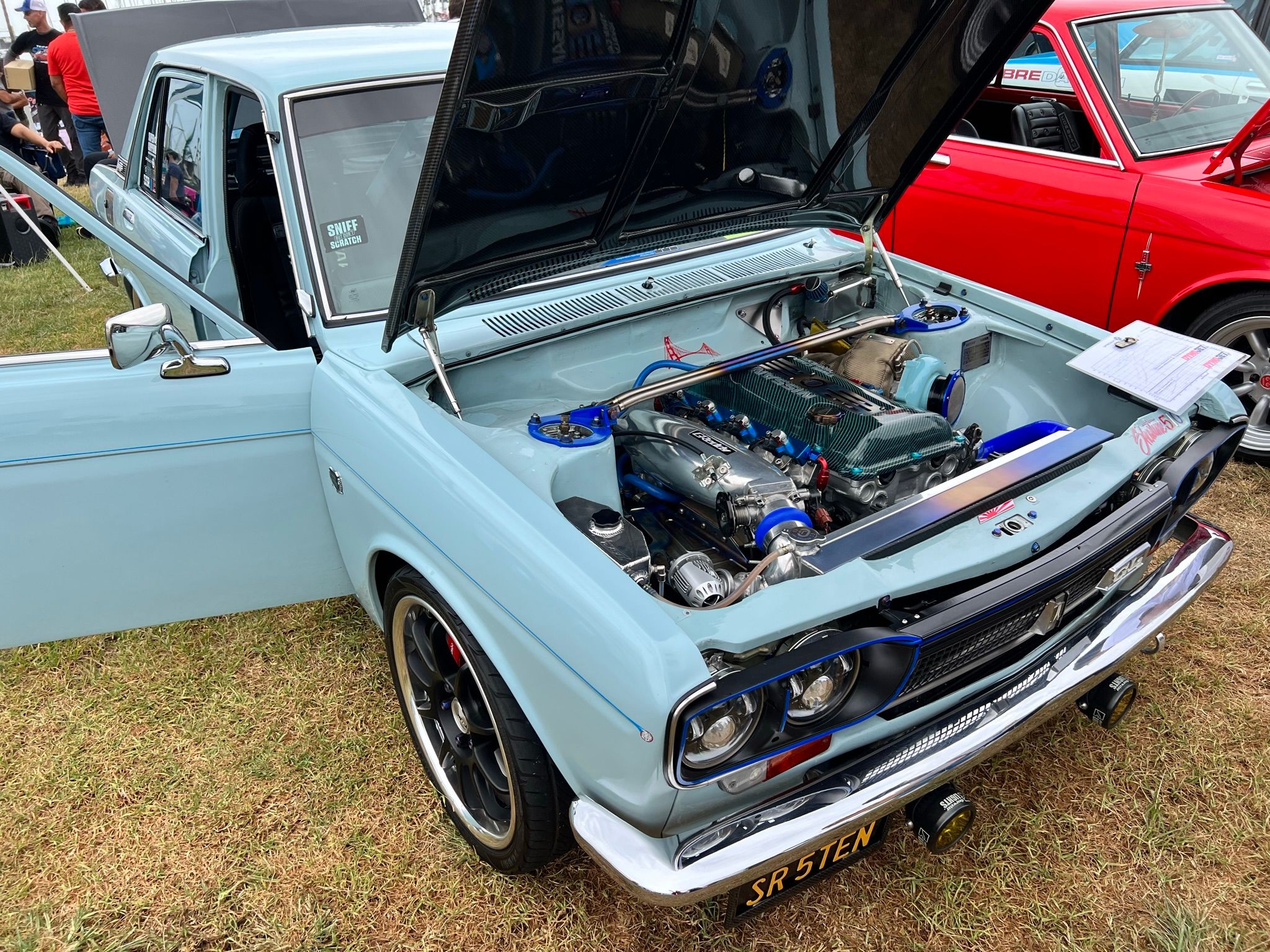



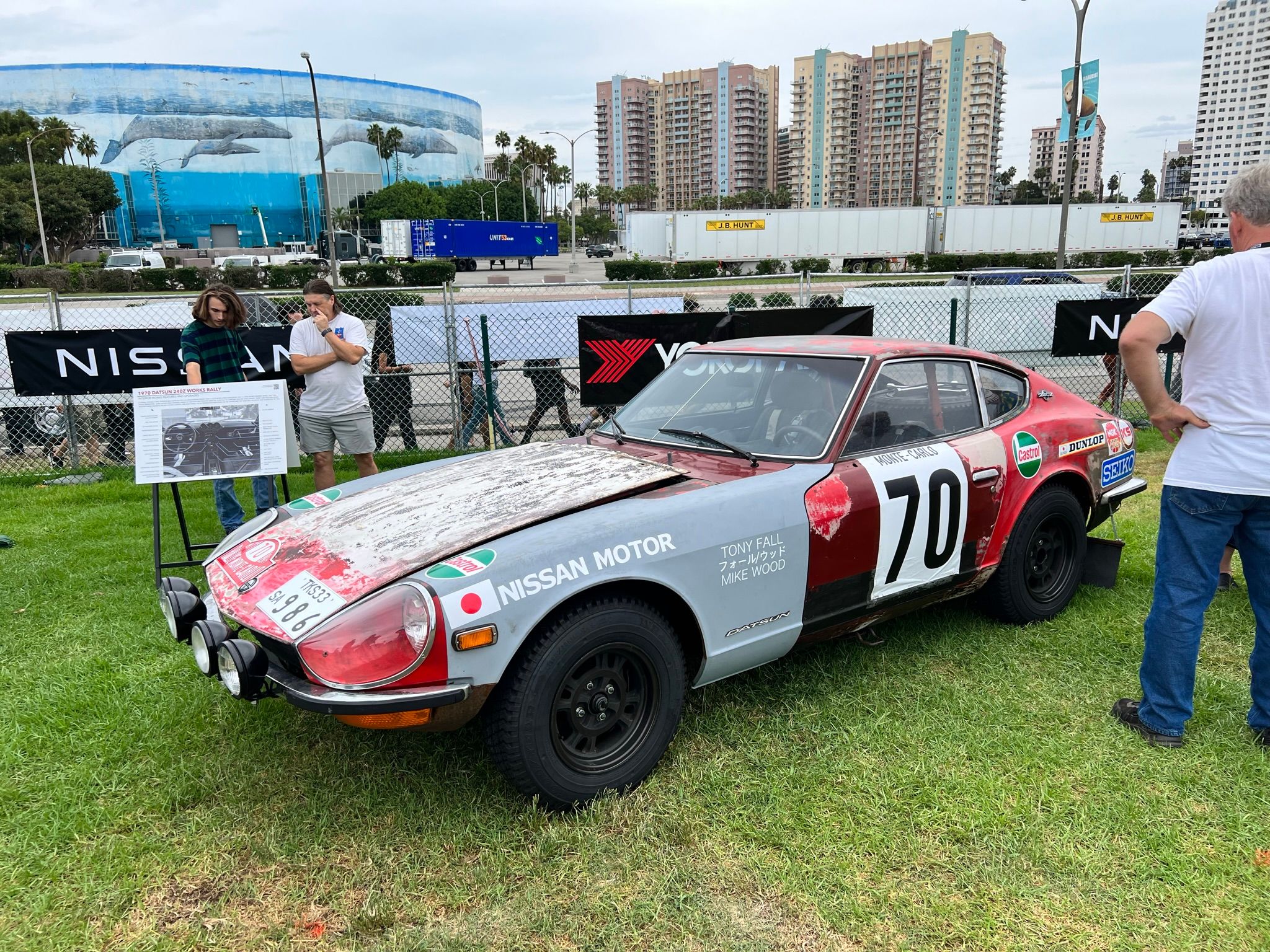



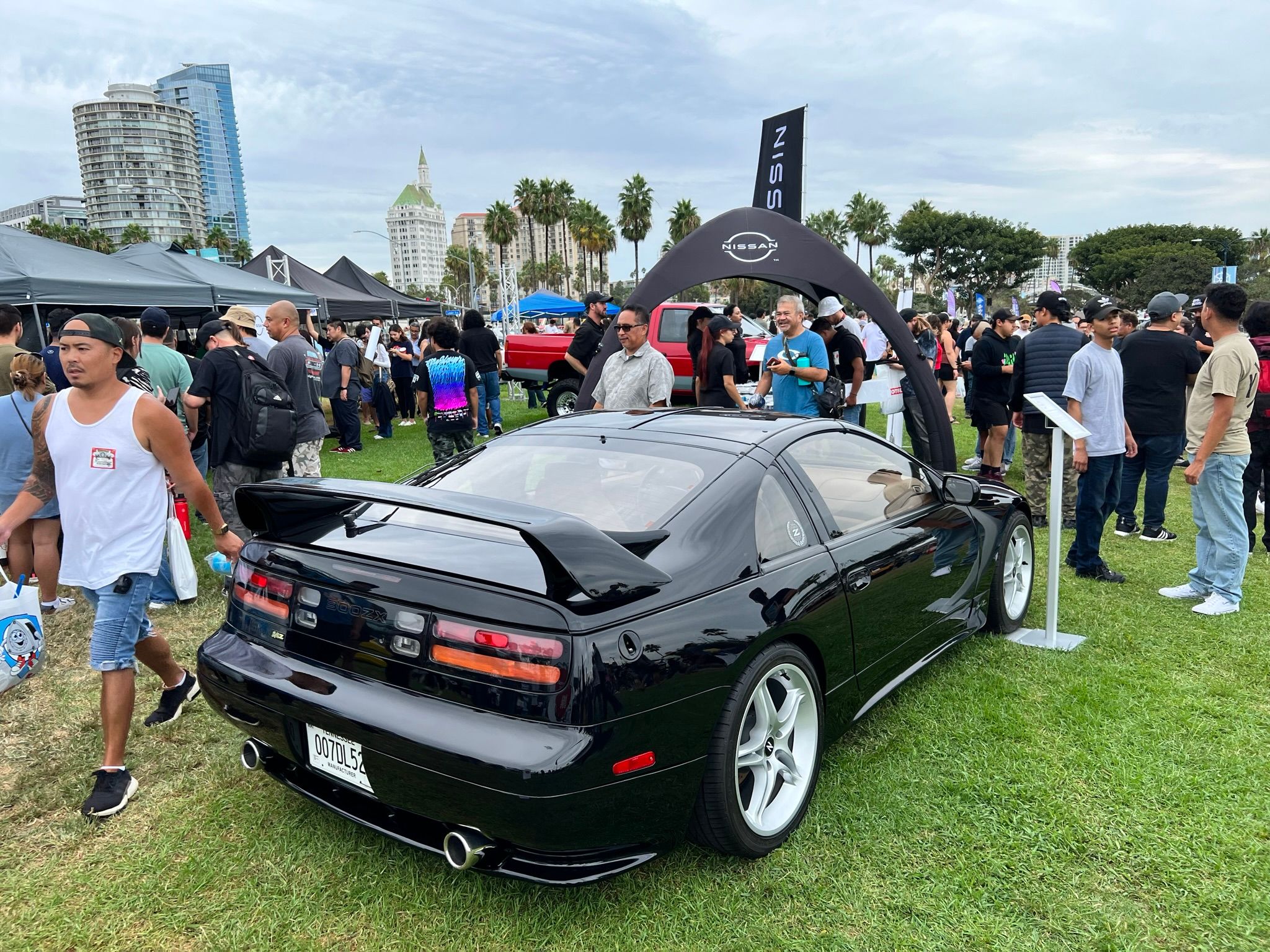







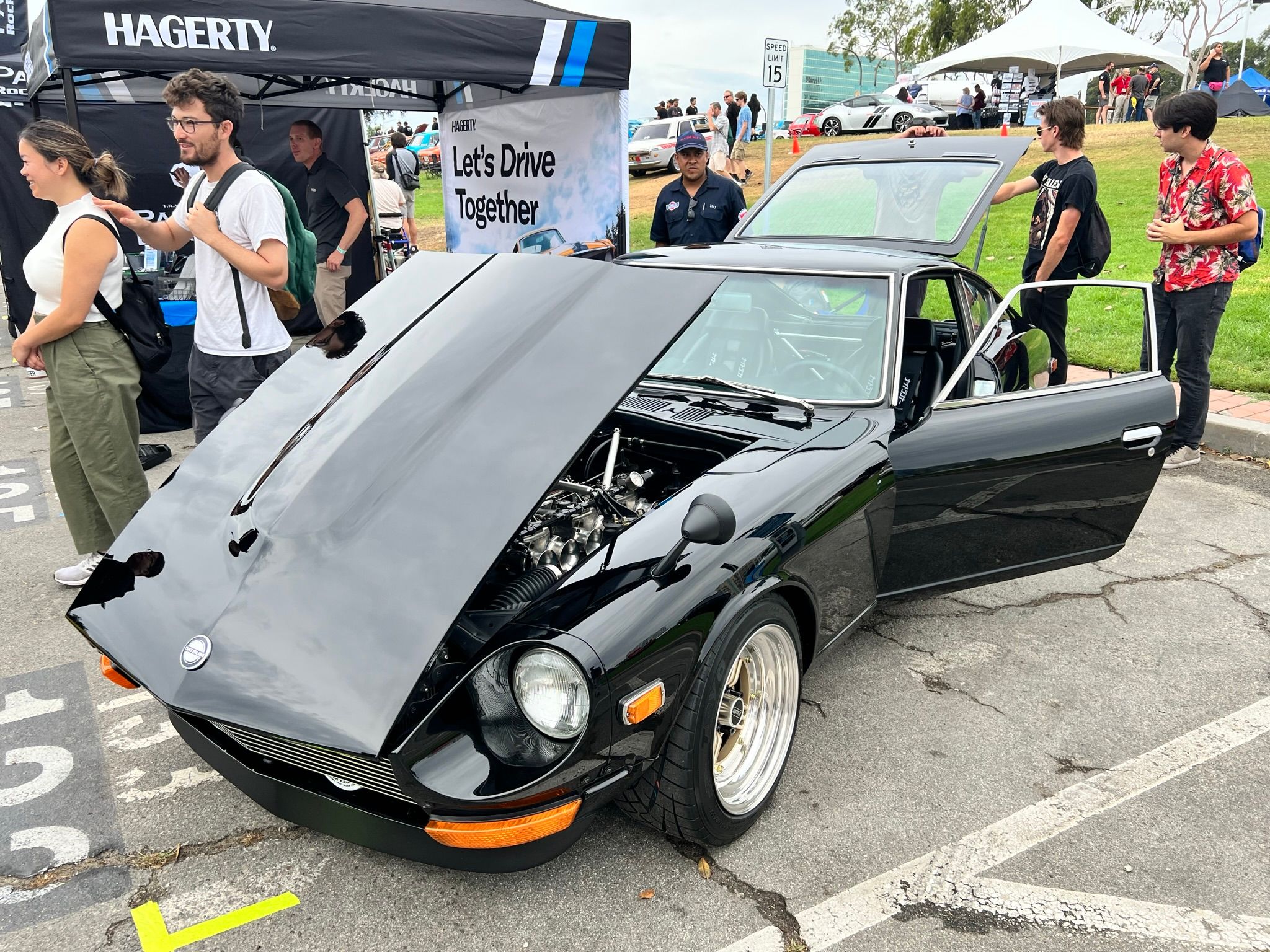


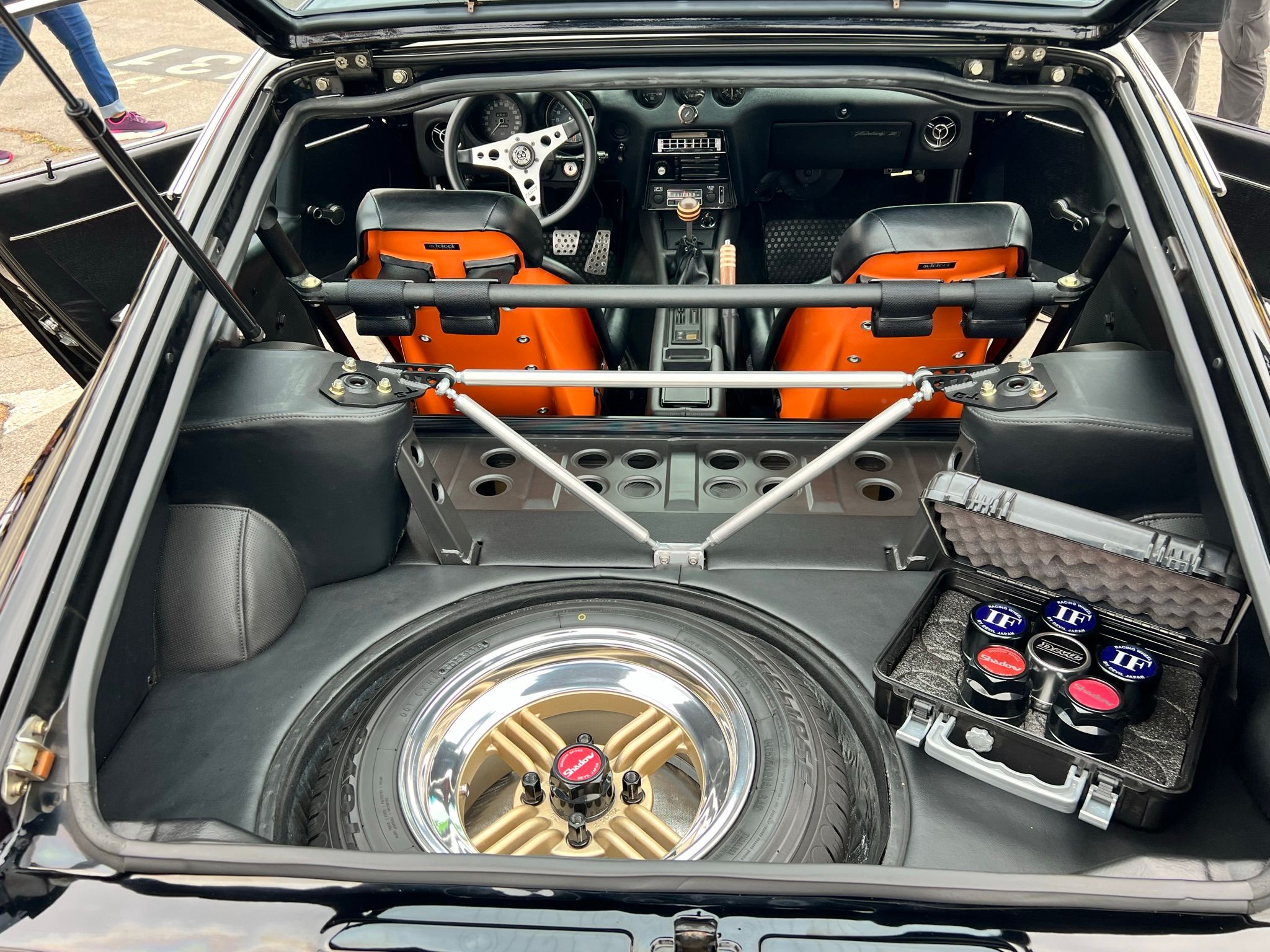







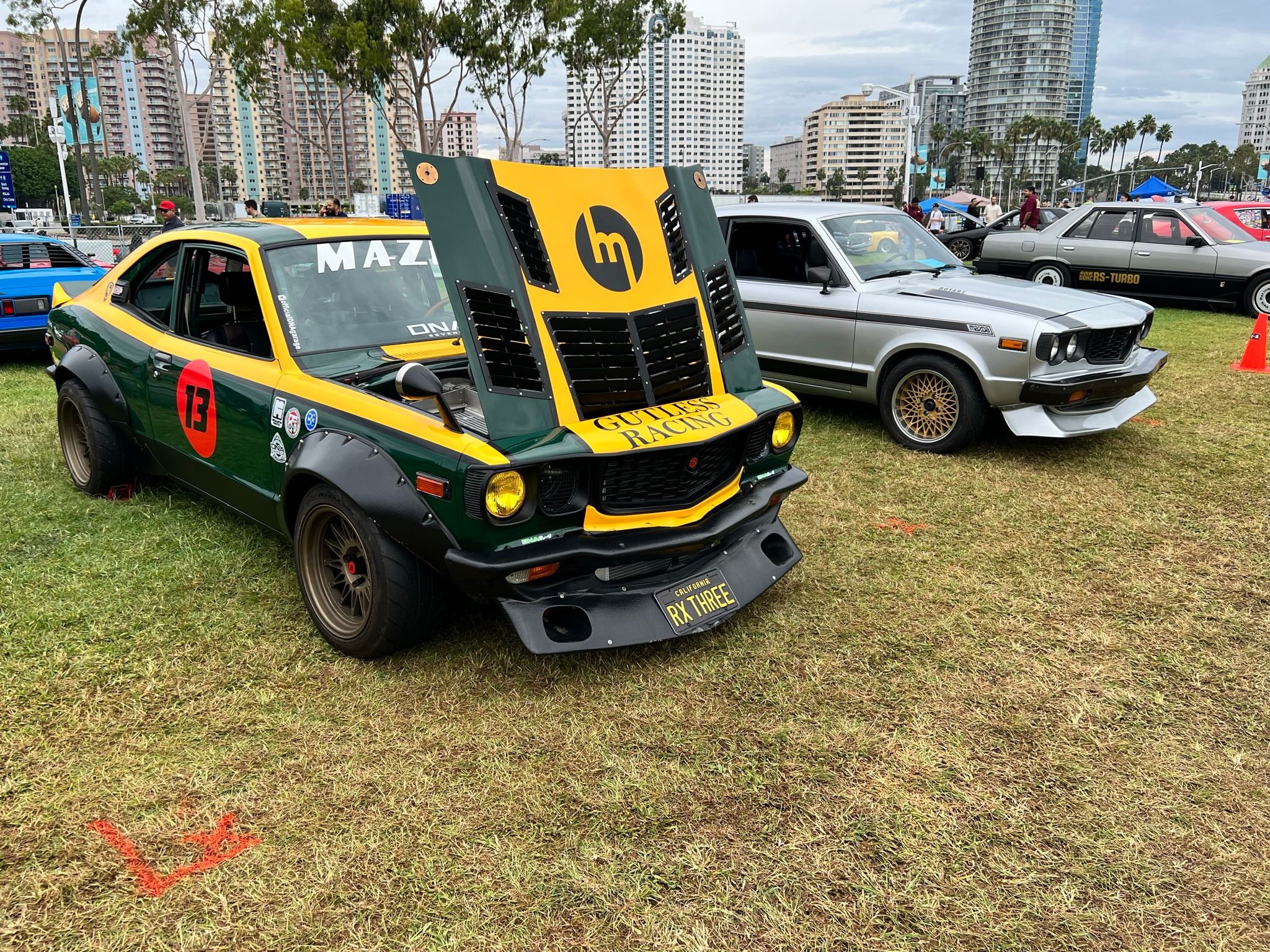















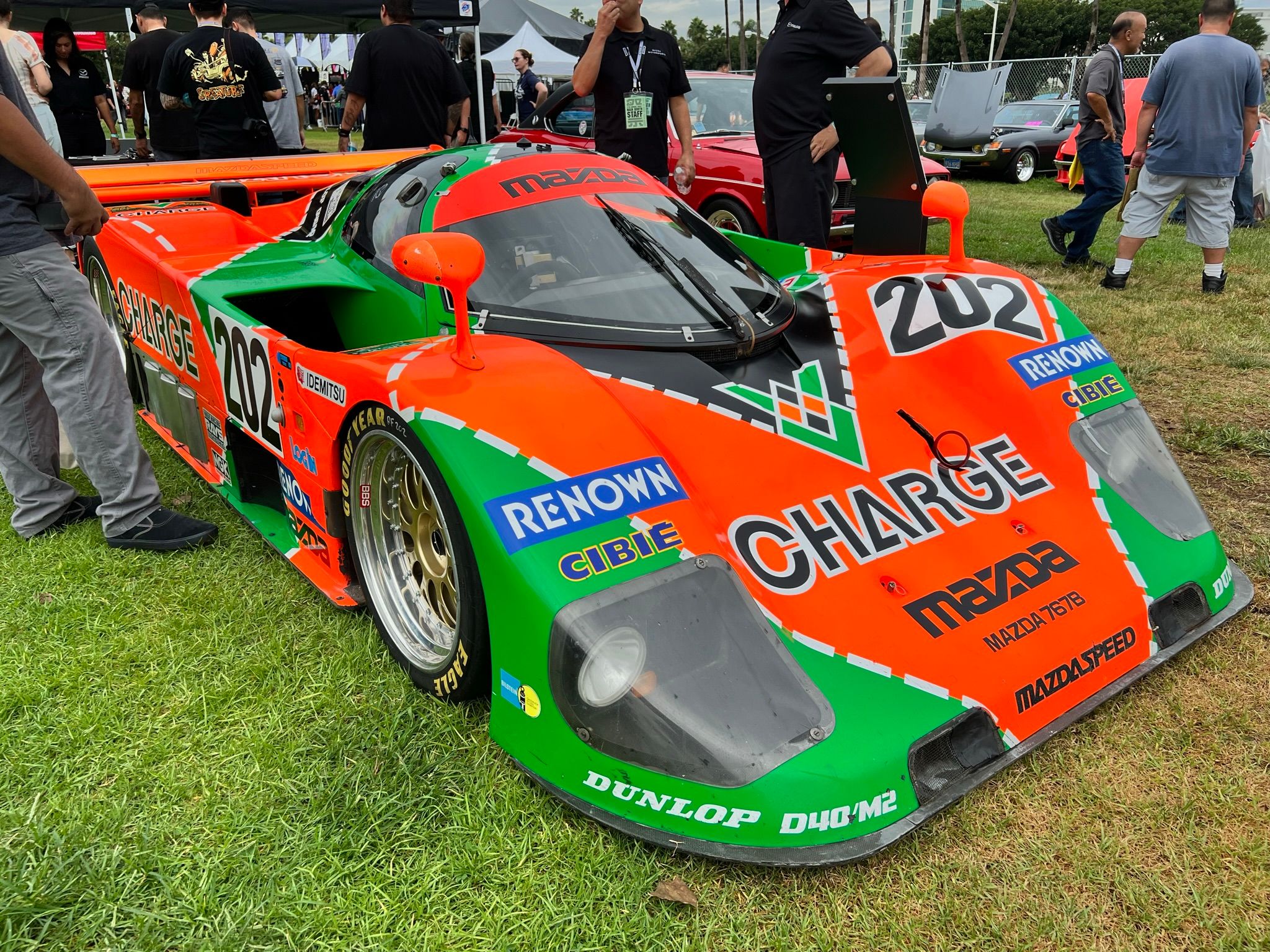


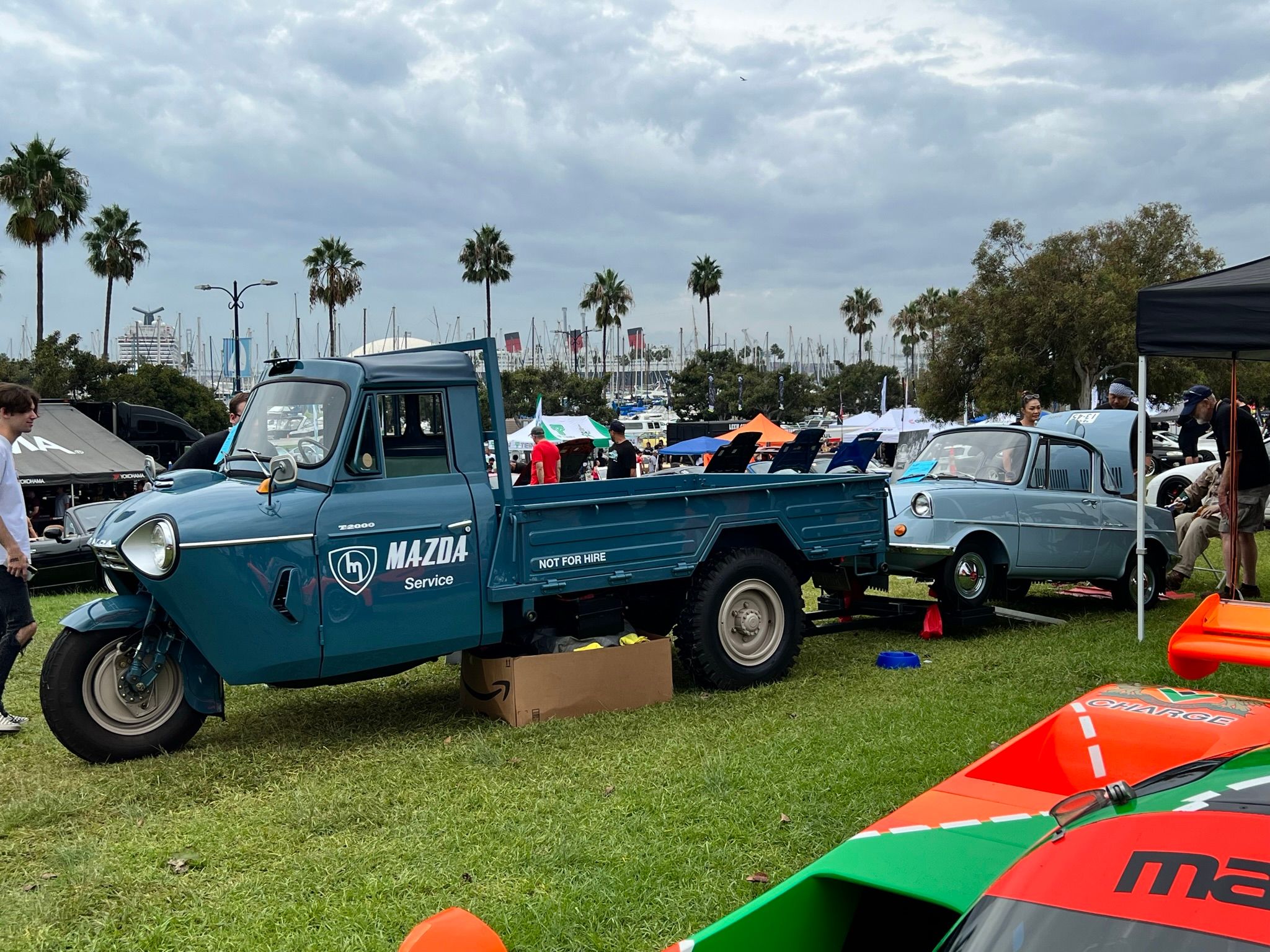
















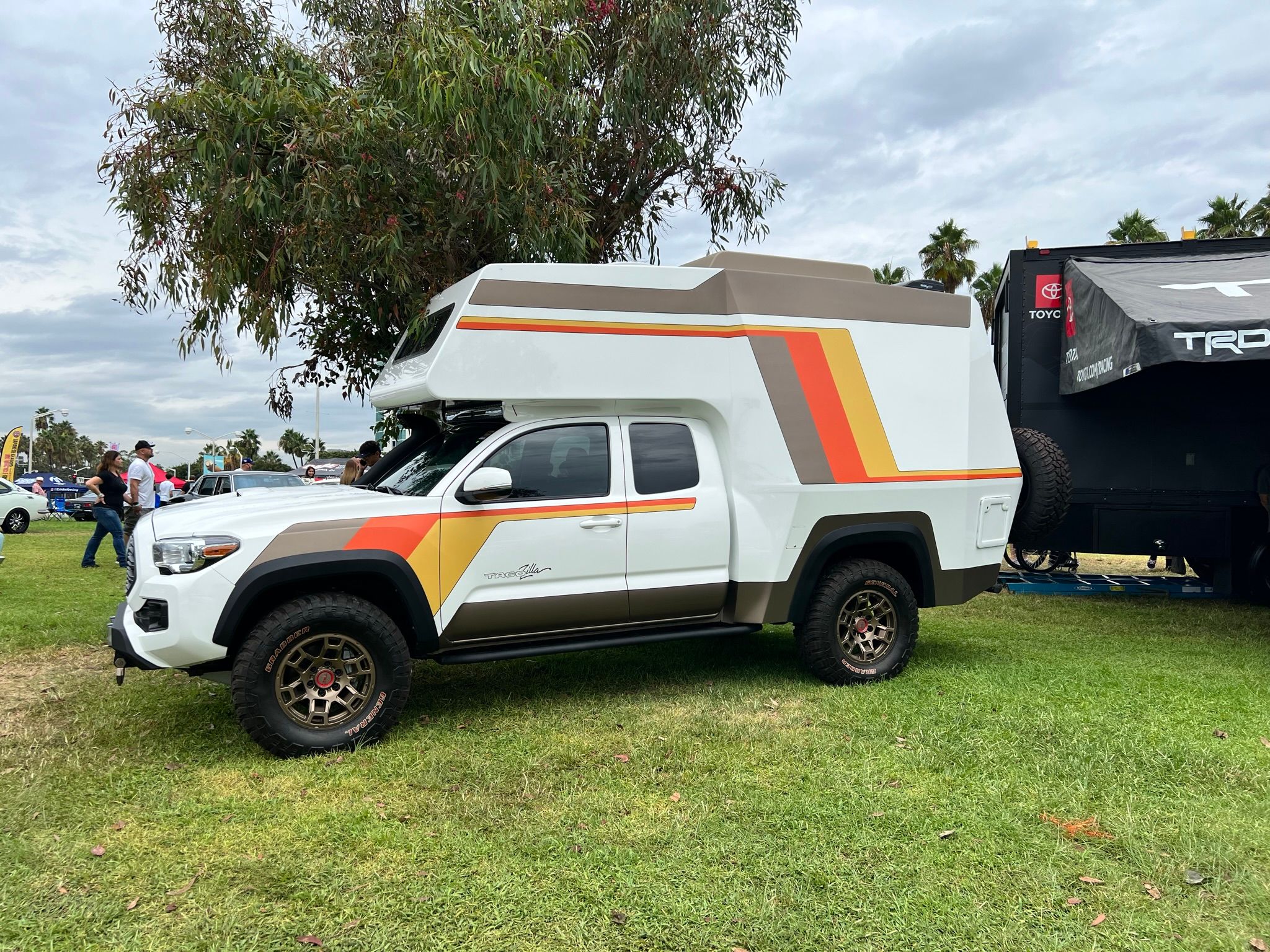







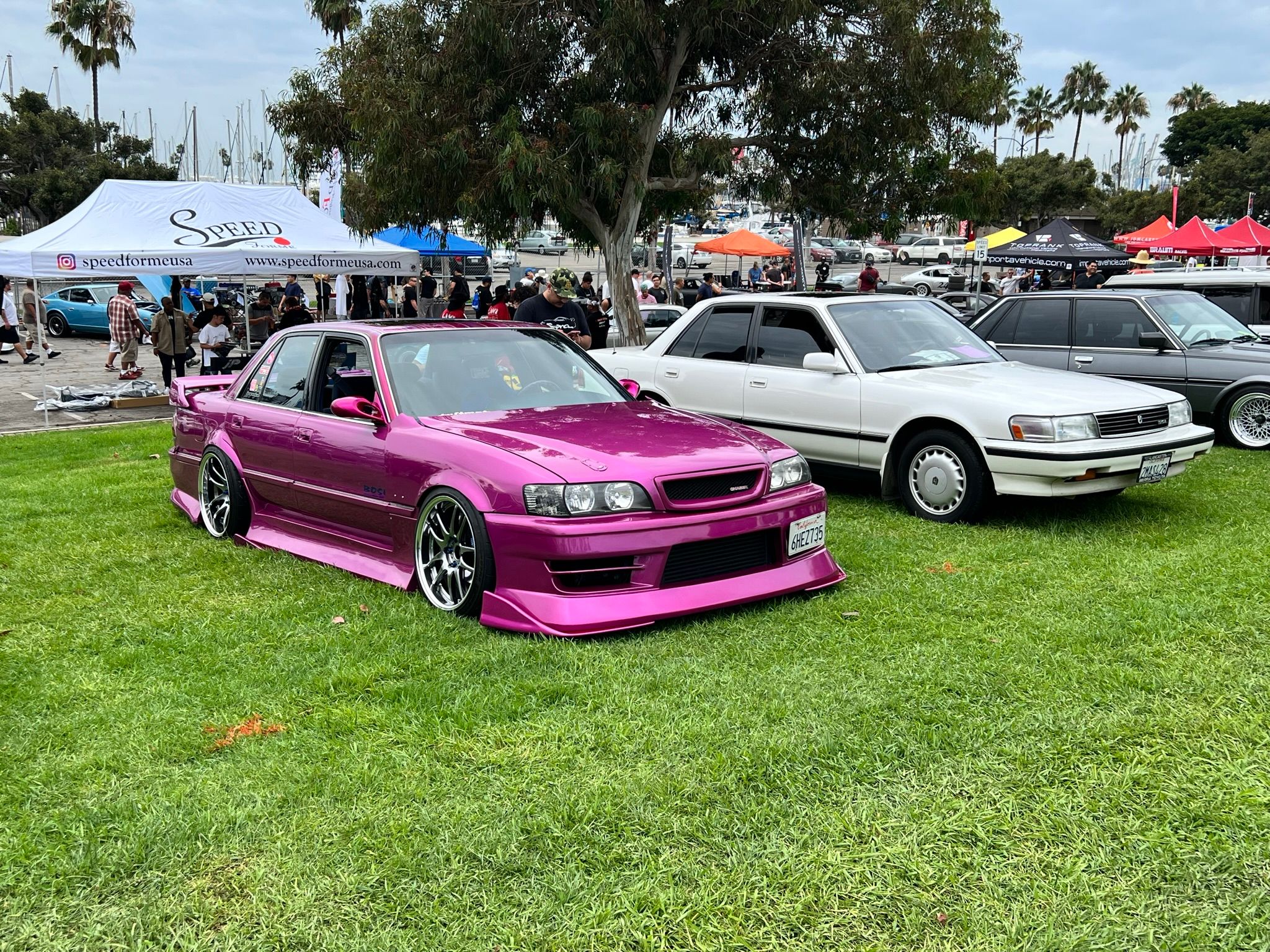




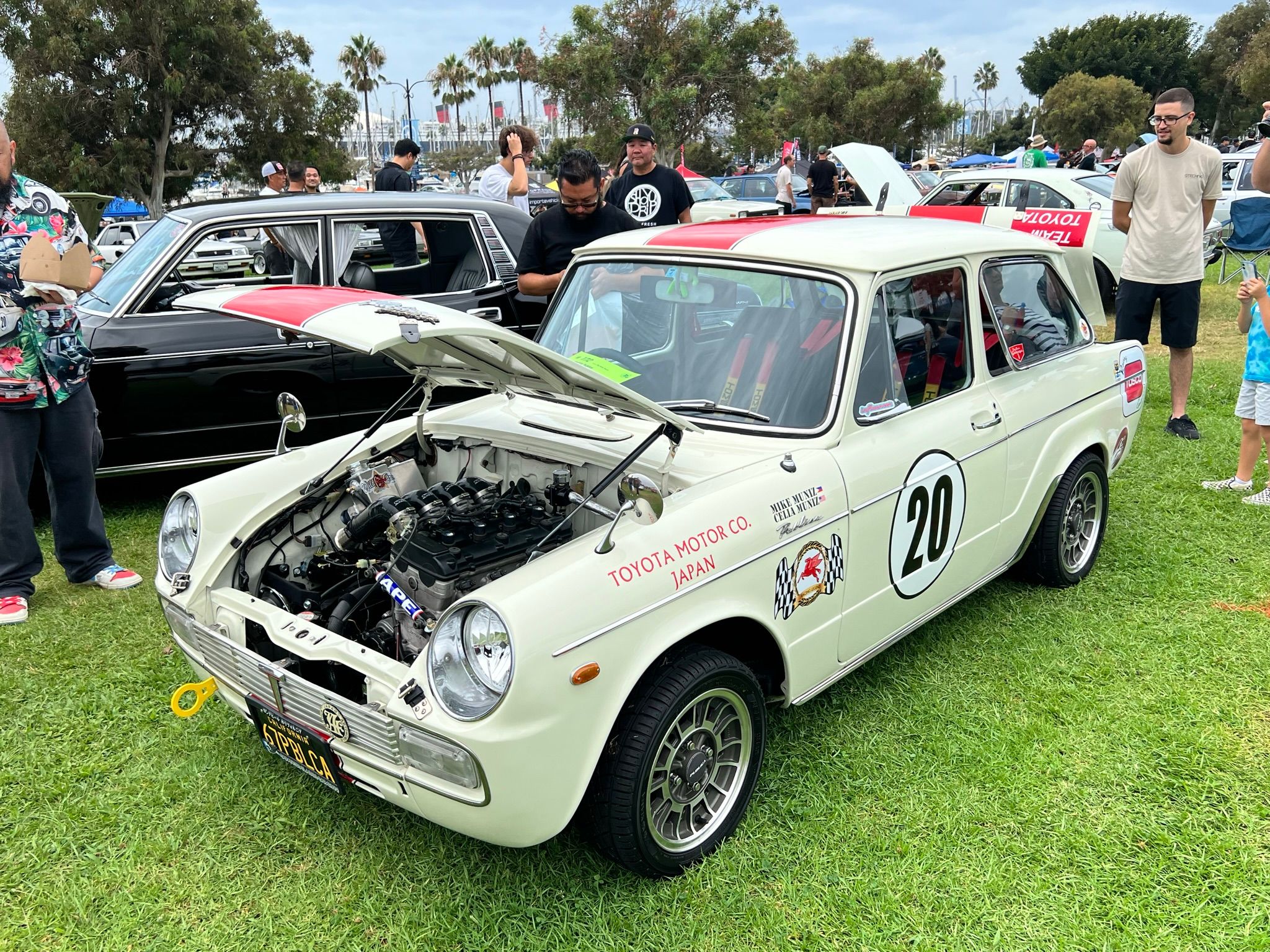













































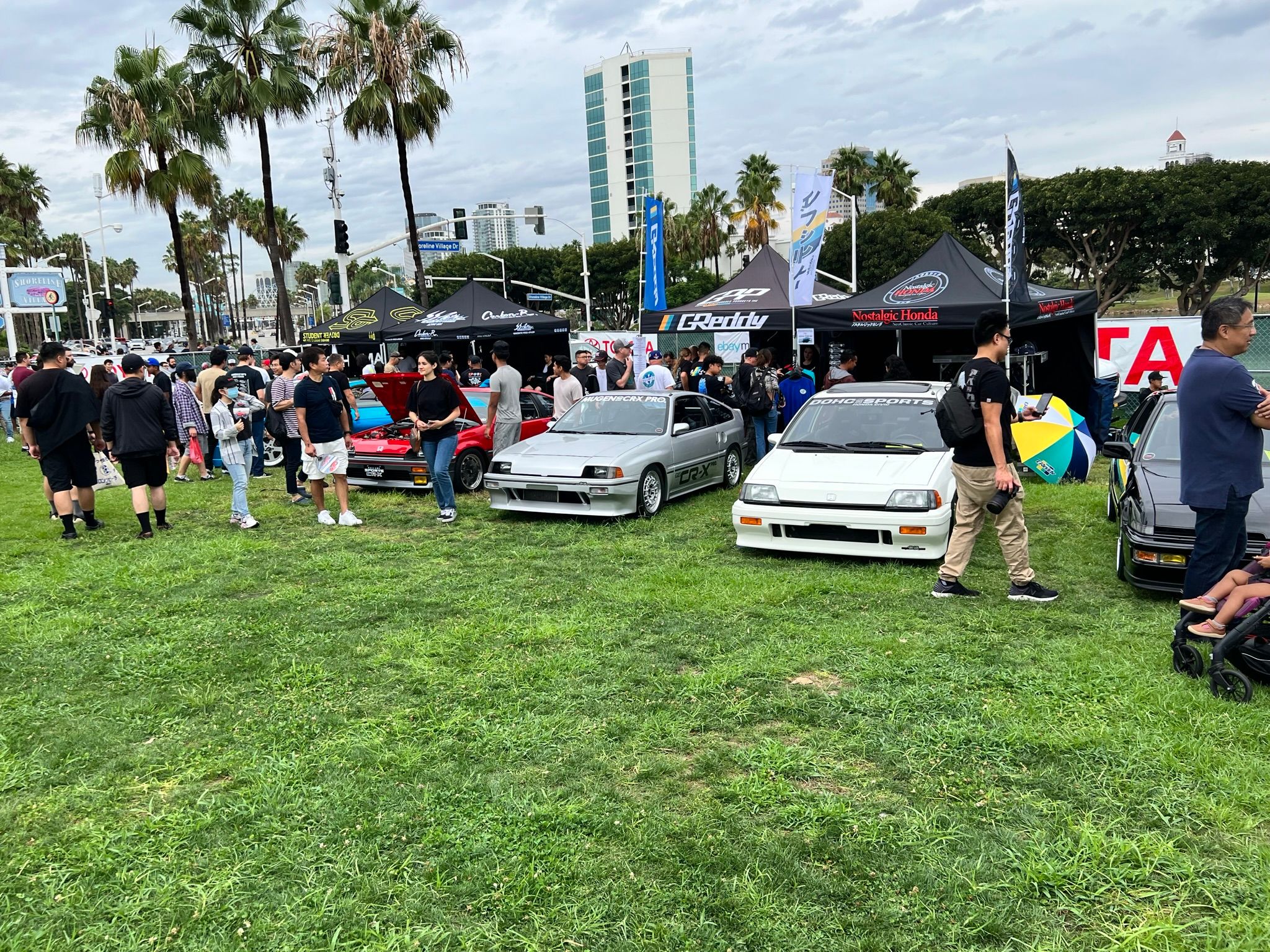

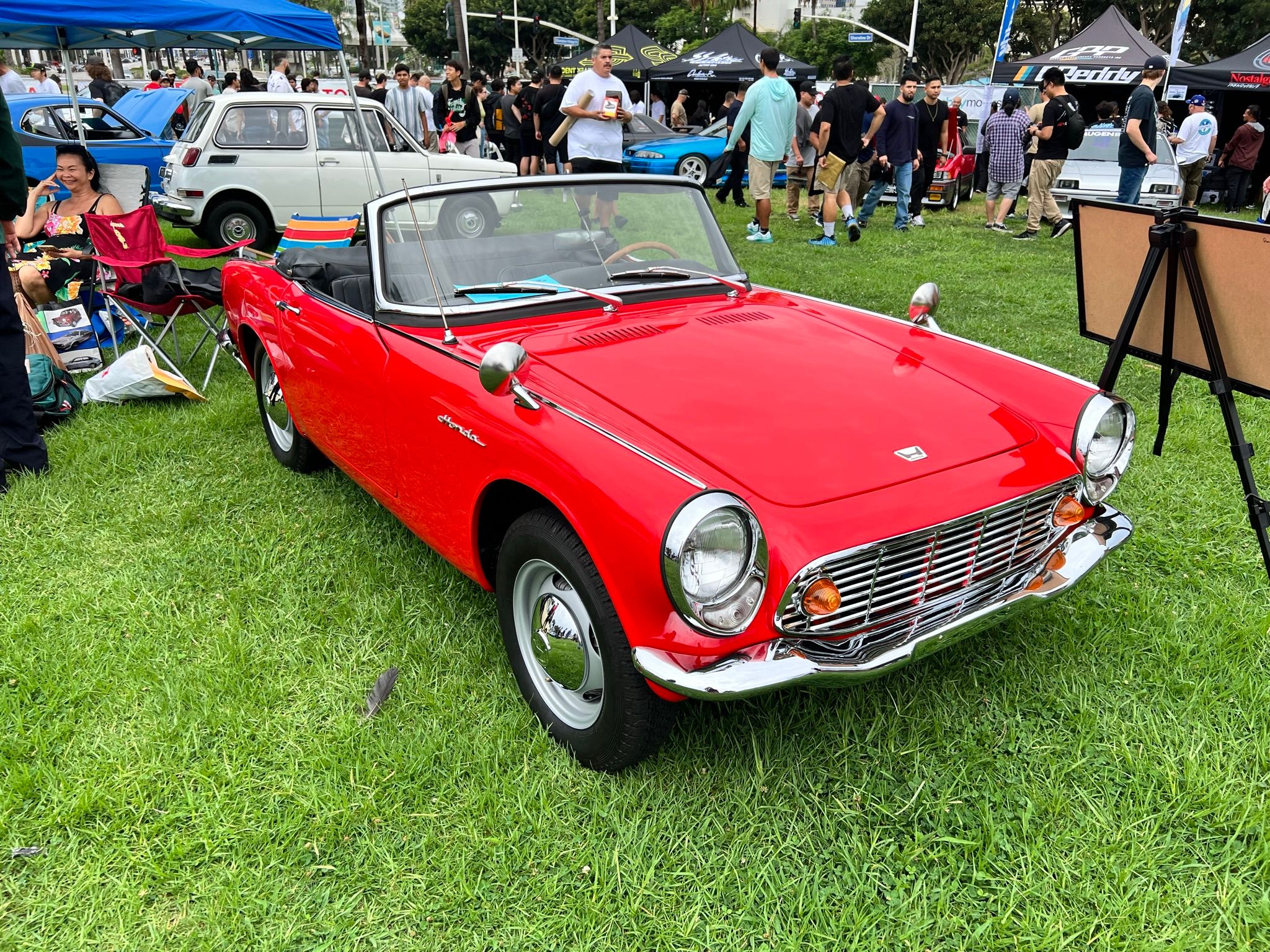























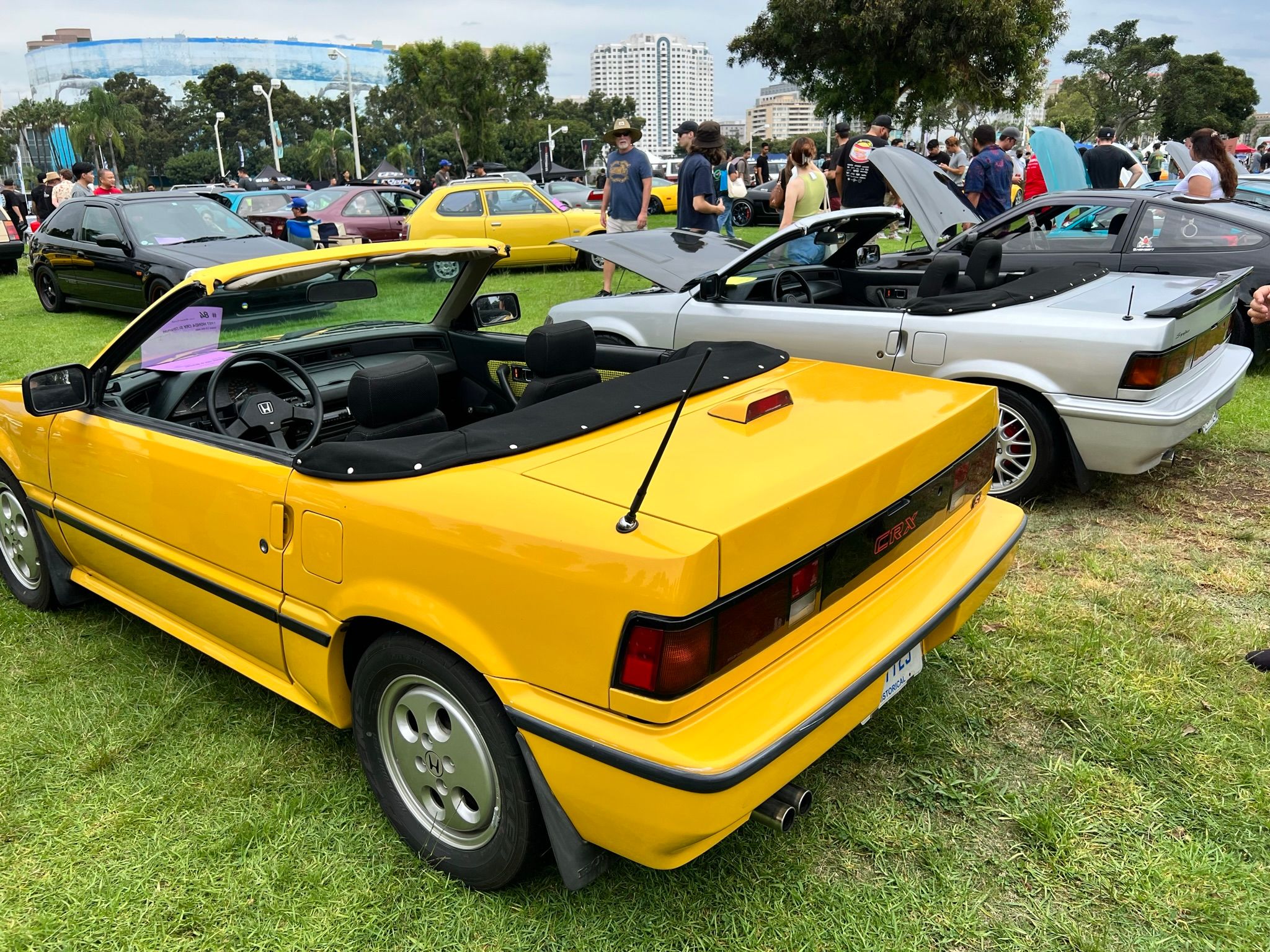



















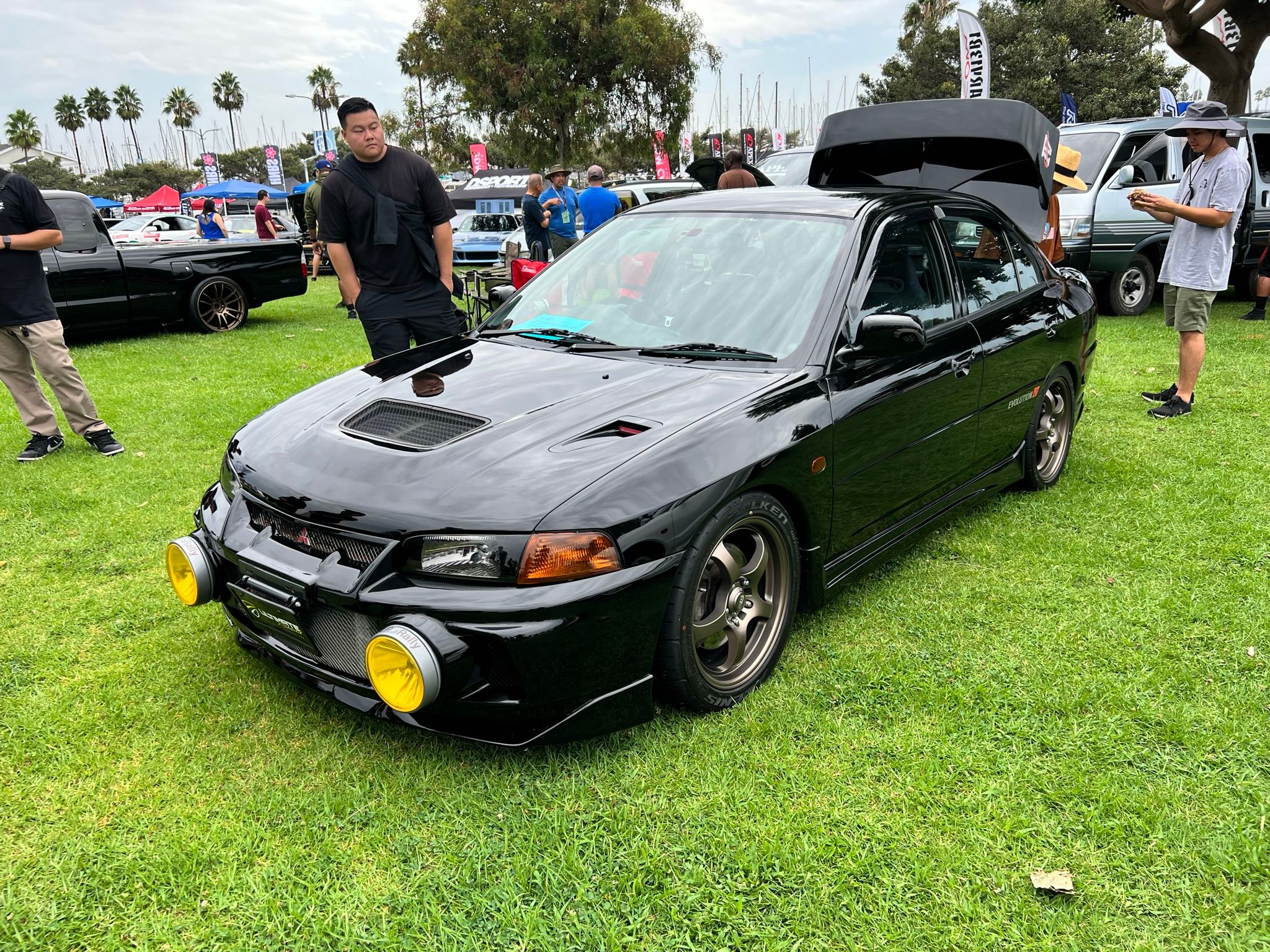

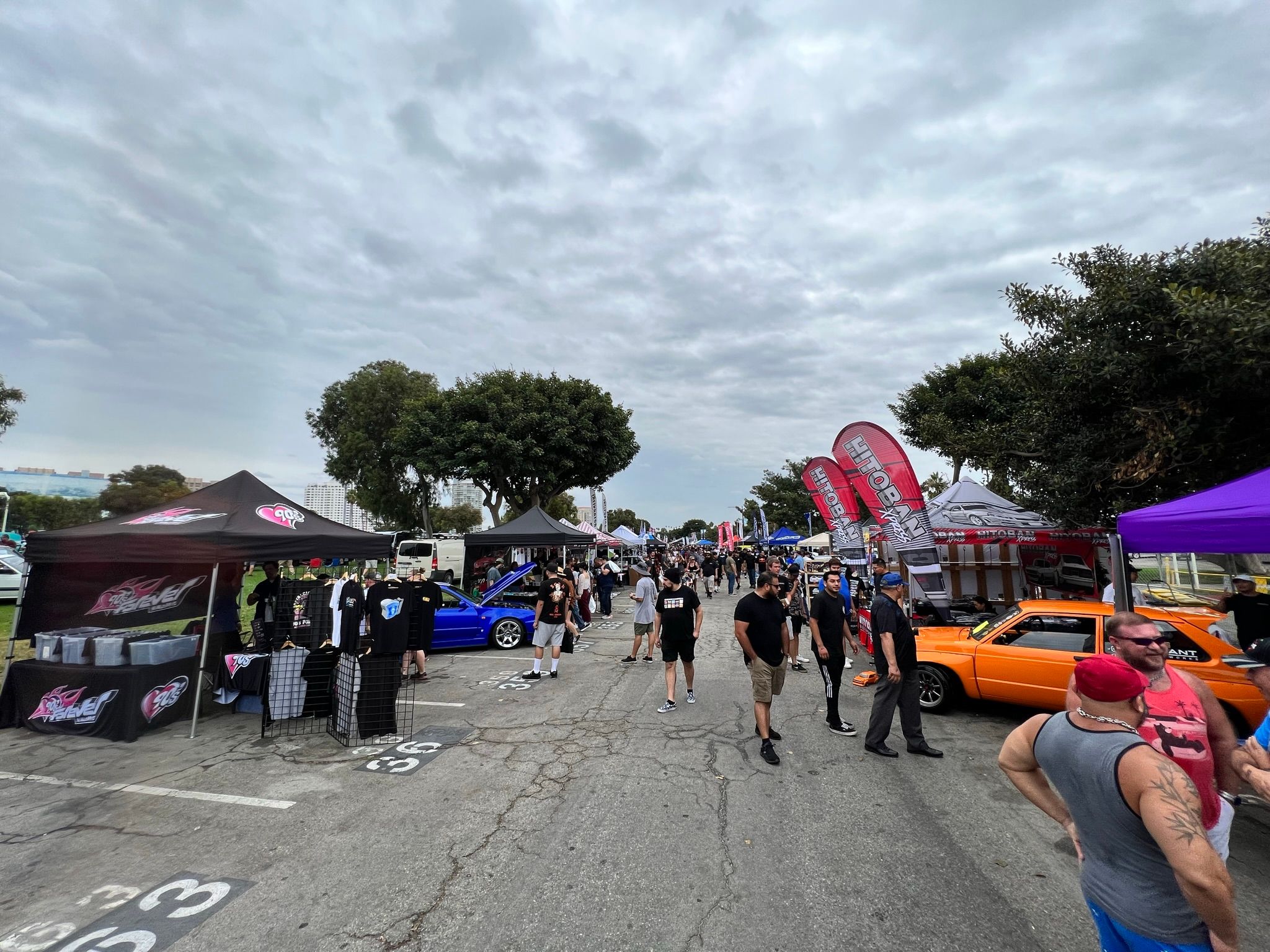









FAQ
Q: What years did Harley make the Softail Standard?
The Softail as a model was announced in 1984. It is still in production today.
Q: Is a Softail Standard a good starter bike?
Yes, it would. It’s got a low seat, low center of gravity, and easily accessible power without being too over the top.
Q: What is the difference between a Softail Standard and Custom?
The original Softail Custom had a blacked-out engine with chrome covers, more chrome overall on the bike and a 21-inch front wheel.
